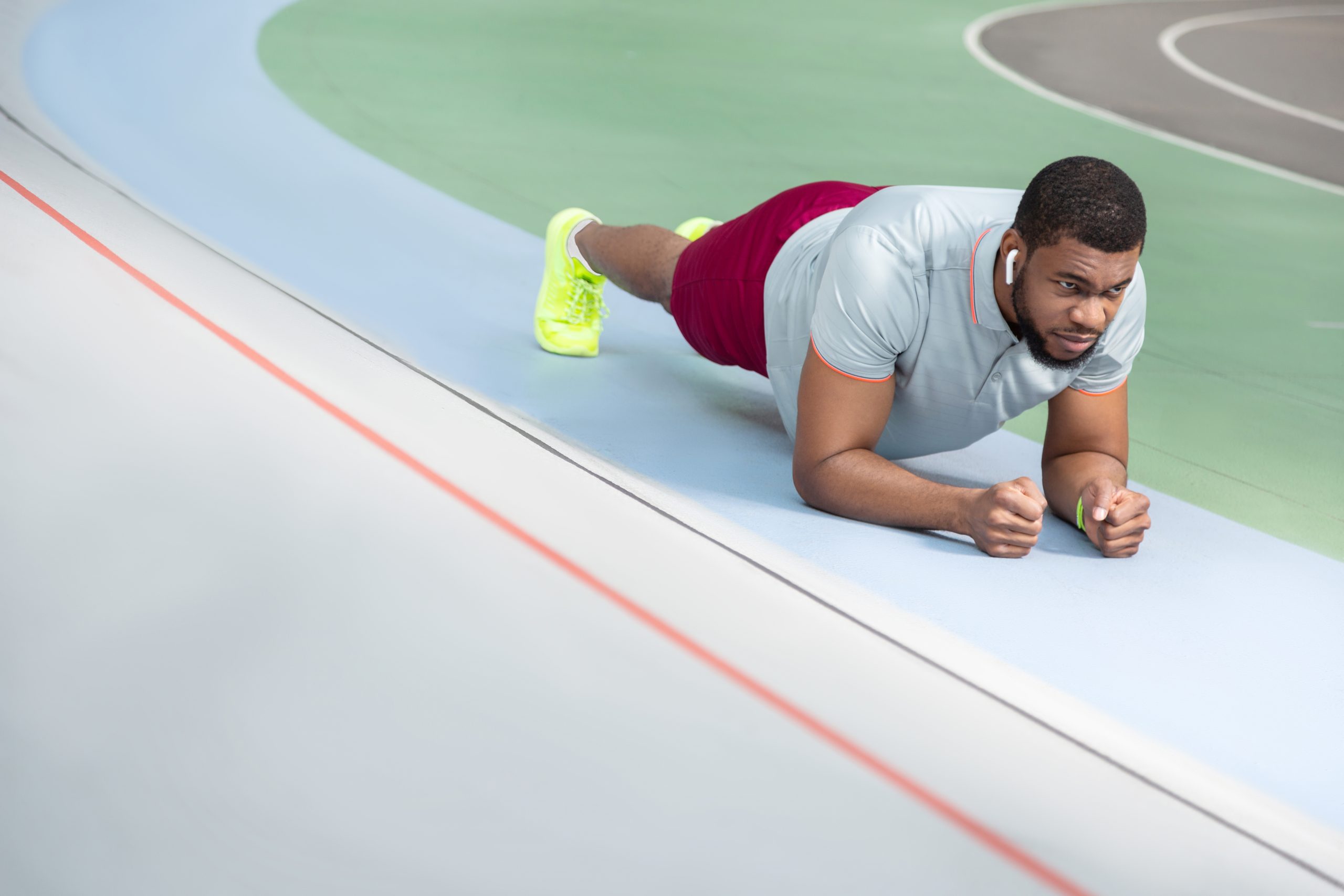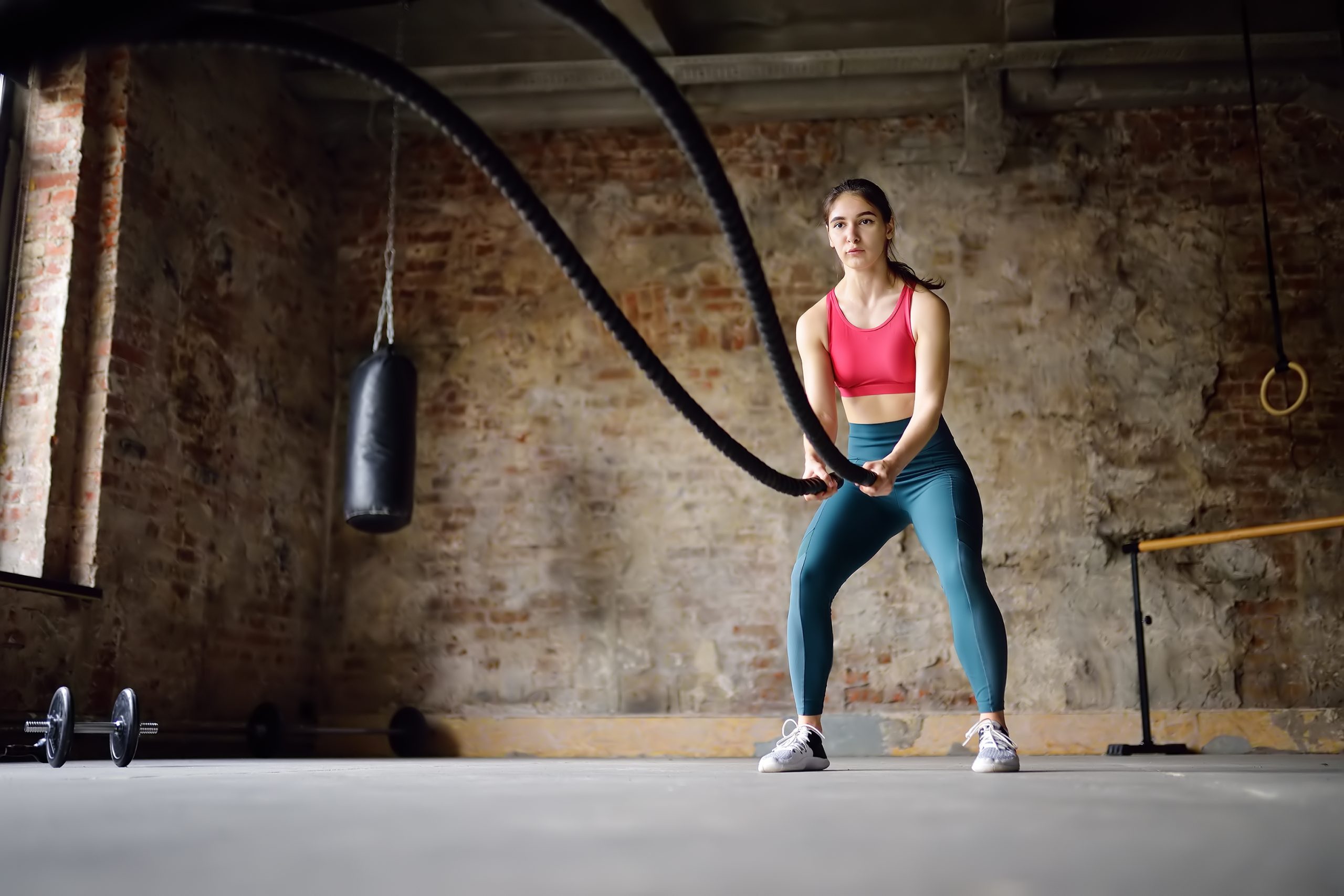Sports can be a great way to keep your child physically fit. From helping them build strength and endurance to teaching them the importance of teamwork and sportsmanship, there are countless benefits to participating in sports. As parents, it’s our job to make sure our kids are safe while playing and that we get them involved in activities that will help them reach their physical fitness goals. In this article, we’ll explore how you can ensure your child stays healthy and active through sports by discussing the benefits of participating in sports, choosing the right sport for your child’s interests and abilities, safety tips, injury prevention strategies, proper equipment use, and more. Let’s get started!
Getting Started: Choosing the Right Sport
When selecting a sport for your child, it is important to consider their age and interests. If they are young, you may want to start with a team or individual sport that has simple rules and basic skills. This will help them learn the basics of the game while still having fun.
If your child is older, there are more options available. You can choose either an individual or team sport and pick one that best suits your interests and abilities. When looking for the right sport, it’s important to consider how much time they can commit as well as any additional costs such as equipment or uniforms.
Finally, make sure you provide support and encouragement during practices and games. This will help your child stay motivated and develop a strong passion for their chosen sport. Allow them to make mistakes and celebrate successes so they can gain confidence in themselves and their skillset.
Remember: choosing the right sport is just one part of making sure your child stays physically fit through sports – be sure to keep an open dialogue with them throughout the process to ensure they’re having fun while getting the most out of their experience!
With the right support and guidance, your child can find a sport that they love and develop their skills in it. Help them reach their goals by considering their age, interests, and abilities – and don’t forget to have fun! Get ready to explore what sports best suit your child’s interests and abilities in the next section.
Consider Your Child’s Interests and Abilities
It is important to consider your child’s interests and abilities when choosing a sport. Figure out what they enjoy doing and identify any physical or mental traits that could help them excel in the activity. For example, if they are naturally athletic but lack coordination, you could look into a team sport like soccer or basketball to help them develop their motor skills. If they are more independent, an individual sport such as tennis or swimming may be better suited for them. You can also talk to coaches to get their opinion on which activities would best suit your child’s development and goals.
Additionally, make sure you understand the time commitment involved in each sport. Depending on the age of your child, some sports may require more practice than others. This could impact their ability to participate in other activities and school work. It’s important to create a balance between sports and academics so that your child can reach their full potential in both arenas.
Finally, it’s important to remember that not all children will have the same interest level in every sport. If your child shows no interest in one activity, don’t force it; instead, try another one until you find something they truly enjoy!
Research Available Programs in Your Community
When selecting a sport for your child, it is important to research available programs in your community. Take the time to look into local sports leagues, youth clubs, and school-run activities. Most communities have a variety of options, so you should be able to find something that fits your family’s budget and lifestyle.
It is also important to consider safety protocols when researching programs. Look for organizations that have thorough policies in place regarding cleaning and sanitizing equipment, enforcing social distancing guidelines, and screening staff and volunteers for COVID-19 symptoms. Additionally, take the time to read reviews of the program you are interested in attending—this can give you an idea of the quality of instruction they provide.
In addition to researching local programs, it is also beneficial to ask around for personal recommendations from other parents or teachers who may know of great programs in the area. This can help narrow down your list and make sure you select one that best meets your child’s needs.
By researching available programs in your community, you can ensure that your child has access to quality physical activities with appropriate safety protocols in place.
Evaluate the Program’s Goals and Expectations
It is important to evaluate a program’s goals and expectations before enrolling your child in a particular sport or activity. While physical activity is important for overall health, it is also essential that the program provides the right balance of instruction and fun. Evaluating the goals of the program can help ensure that your child gets the most out of their experience.
First, ask yourself what you want your child to gain from participating in this activity. Are you looking for them to build social skills, develop motor skills, or learn about teamwork? Understanding your expectations can help you make an informed decision when selecting a program.
Next, look at what the program has to offer. Does it have age-appropriate activities? Are there qualified coaches who can teach the basics of the sport? Does the organization provide opportunities for practice and competition? Understanding how much instruction and supervision are provided will help you determine if it is a good fit for your child.
Finally, look into any additional benefits offered by the program such as awards or scholarships. This can be beneficial if you are looking for ways to motivate your child or reward them for their participation in sports.
By evaluating a program’s goals and expectations, you can ensure that your child has access to activities that meet their needs while providing a safe and enjoyable experience.
Talk to Coaches or Team Leaders
It is important to communicate with coaches and team leaders regularly, especially when your child is participating in a sport or activity. By talking with the coach or team leader, parents can learn more about their child’s progress and how they are responding to instruction. This communication can also help build trust and understanding between parents, coaches, and team leaders.
When speaking with the coach or team leader, parents should ask questions about the program structure and expectations. For example, what are the rules for practice sessions? What strategies do they use to motivate players? How often will players be evaluated on their performance? Asking these questions can help parents get an idea of how the program is structured and what type of environment their child will be in during practices and competitions.
Parents should also discuss any concerns they may have about their child’s participation in the sport or activity. If any issues need to be addressed such as an injury or lack of motivation, these topics must be brought up with the coach or team leader so they can provide guidance and support.
By communicating openly with coaches and team leaders, parents can ensure that their children are getting the most out of their experience while staying safe and having fun.
Safety First: Tips for Keeping Kids Safe While Playing Sports
Safety should always be top of mind when it comes to playing sports, so following these tips can help ensure that kids remain safe while having fun!
When it comes to playing sports, safety should always be the number one priority. By following these tips, children can stay safe while having a blast! Now that you’ve got the basics down, let’s dive into researching injury prevention strategies for your child’s sport of choice.

Research Injury Prevention Strategies for Your Child’s Sport of Choice
When it comes to keeping children safe while playing sports, injury prevention strategies are paramount. Research has shown that when athletes are sufficiently prepared for their physical activity of choice and have access to the right equipment and resources, they are less likely to suffer from injuries.
One strategy that can help reduce the risk of injury is to ensure that athletes engage in proper warm-ups before playing any sport or activity. This helps prepare their muscles and joints for movement and reduces the chances of strains and sprains. Additionally, appropriate stretching exercises should be done after each activity to cool down the body and prevent soreness or fatigue.
Another important strategy is choosing the right type of protective gear based on the sport or activity being played. Helmets, pads, shoes, mouthguards, and other types of safety equipment can help reduce injury risks significantly.
Finally, encouraging athletes to take regular breaks will keep them from overworking themselves and prevent fatigue-related injuries or overheating during long periods of play. Having a coach or mentor present can also help ensure that players are following these strategies properly.
By considering all these steps, parents can rest assured knowing that their children are protected from unnecessary harm while engaging in physical activities.
Ensure Proper Equipment is Used at All Times
Having the right equipment is essential when it comes to playing sports and staying safe. Not only does having the right gear help prevent injuries, but it also helps athletes perform better by giving them more confidence.
Ensuring that your child has appropriate equipment for their sport or activity of choice is one of the most important steps you can take as a parent. Proper protective gear such as helmets, pads, shoes, and mouthguards should be used at all times. This will help reduce the risk of sustaining an injury from contact with other players or hard surfaces.
It’s also important to check that the equipment is in good condition and fits properly; otherwise, it may not provide adequate protection during physical activities. Additionally, make sure any new items are broken in before use to ensure a comfortable fit for your child.
Finally, teach your child about taking breaks when necessary and replacing worn-out items as needed. Doing so will help keep them safe while engaging in any type of physical activity and give them peace of mind while they play their favorite sports.
Learn Basic First Aid Skills & CPR Training for Parents/Guardians
Basic first aid and CPR training are invaluable skills for parents/guardians to have. It is important to be prepared in the event of any medical emergency. Learning basic first aid and CPR can help save a child’s life by providing prompt and appropriate treatment.
Parents/guardians should take the time to familiarize themselves with the necessary steps they need to take in case of an emergency. This means learning basic first aid skills such as checking for responsiveness, controlling bleeding, treating wounds, and recognizing signs of shock. In addition, CPR certification is essential for any parent or guardian who wants to be fully prepared when it comes to responding to an emergency involving their children or other family members.
Having a basic understanding of how to respond in an emergency can make all the difference in a crisis. It also gives parents/guardians peace of mind knowing that they will be able to act quickly and appropriately when needed. With proper preparation, parents/guardians can ensure that their families remain safe in any medical emergency.
Implement Warm-up and Cool-down Routines Before & After Practice Sessions
Warming up and cooling down are essential before and after any physical activity to help reduce the risk of injury, improve performance, and aid recovery. Before a practice session or game, it is important to warm up properly as this will help prepare your body for the higher intensity of activity. Warm-up activities should include light aerobic activity such as jogging or skipping, stretching exercises, and dynamic movements such as arm circles or high knees. This helps to increase your heart rate, loosen muscles, and get your body ready for more strenuous exercise.
After a practice session or game, it is also important to cool down to reduce the risk of muscle soreness and fatigue. Cool-down activities should include gentle stretching exercises which can be performed either sitting or standing. It may also be beneficial to use foam rollers to massage tight muscles post-activity. Doing so can help speed up the recovery process by reducing lactic acid build-up in the muscles.
Overall, implementing warm-up and cool-down routines before and after each practice session can have numerous benefits both physically and mentally. Not only will they help you perform better in your chosen sport but they can also help prevent injuries and aid in the recovery process afterwards. Therefore it is highly recommended that all athletes take the time to incorporate these activities into their regular training routine.
Establish Clear Rules on What Behaviors are Expected from Players During Games or Practices
It is essential to establish clear rules and expectations for players during games or practices to ensure the safety of all involved. These rules should be discussed with the team before the start of each season, as well as reviewed at the beginning of each practice. Some important aspects that should be included are respectful behavior towards coaches, teammates, and opponents; following instructions; no profanity; no physical confrontations or rough play; respect for team equipment and facilities; and good sportsmanship at all times.
In addition, it is important to set guidelines on how players should handle disagreements or conflicts that may arise during a game or practice. Players should be encouraged to use their words rather than physical violence when expressing themselves and resolving conflicts. They should also be taught how to communicate effectively with others to resolve any issues positively.
By establishing clear rules on what behaviors are expected from players during games or practices, coaches can ensure that all participants feel safe, respected, and valued while playing their sport. This will help create an environment where everyone can enjoy engaging in physical activity without fear of violence or negativity.
Conclusion
By encouraging physical activity through sports, parents can ensure that their children remain physically fit and healthy. Sports provide children with a variety of positive health benefits such as improved motor skills, increased social skills, better mental health, and a decreased risk of chronic diseases. Furthermore, engaging in regular physical activity can help maintain healthy body weight, build strong bones, and increase heart rate.
To maximize these benefits, parents need to create an environment that encourages physical activity. This includes limiting screen time and providing plenty of opportunities for exercise through organized or unstructured activities. By setting clear rules on behavior during games or practices and being a positive role model, parents can create an enjoyable atmosphere where their child can learn the importance of staying physically fit while having fun at the same time.











